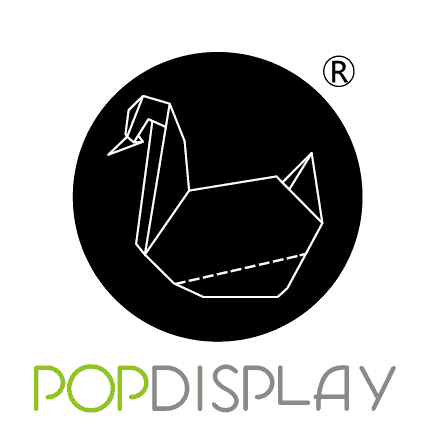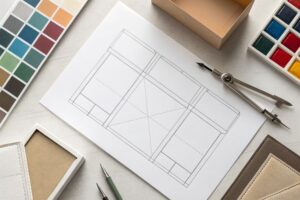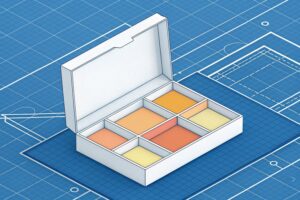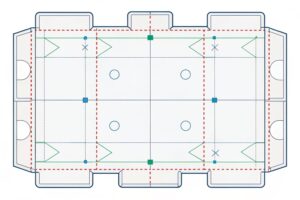What folding carton box styles do you offer?
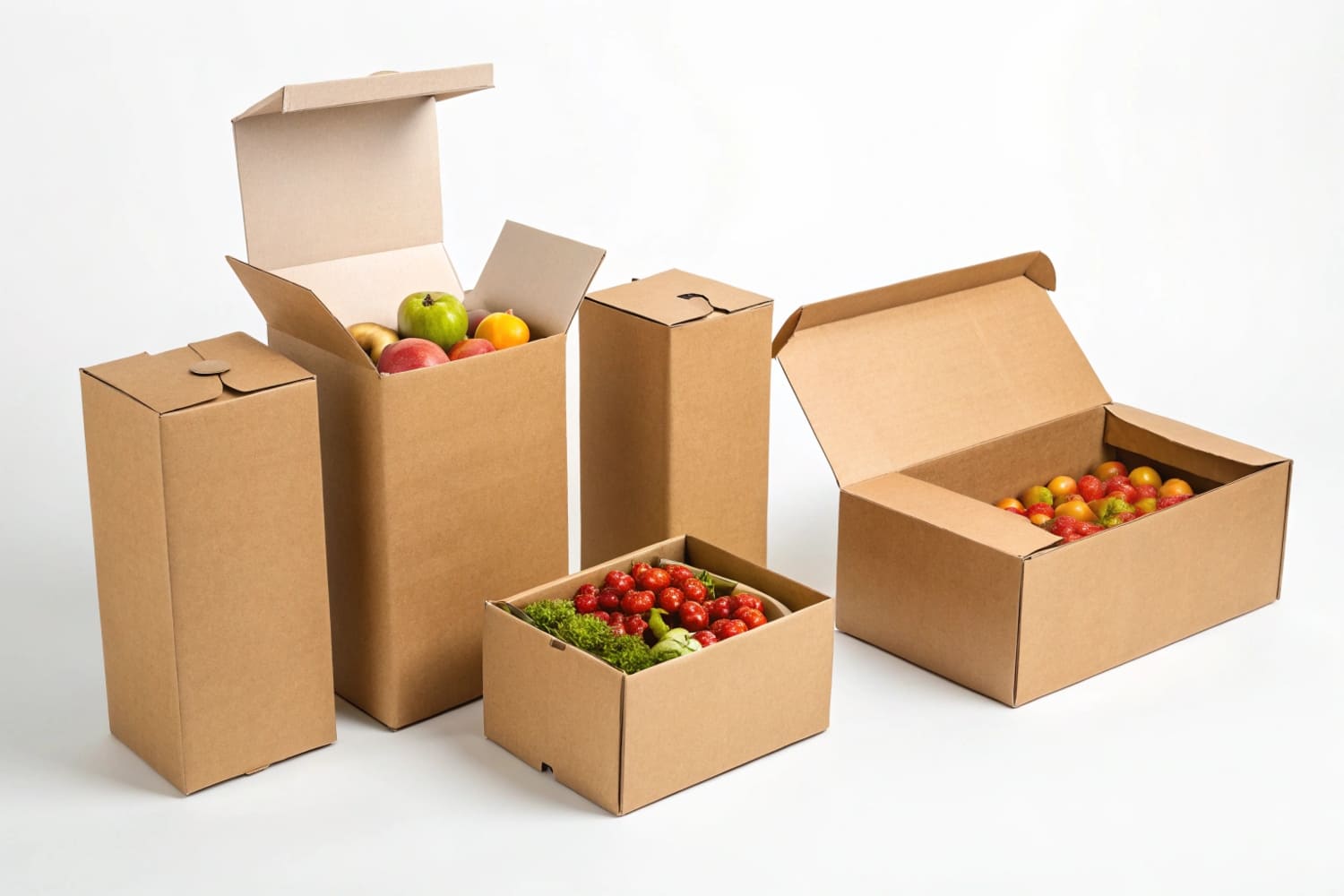
I see brands chase speed, cost, and impact. Buyers ask for strong boxes that print well. I solve that with simple rules and clear choices.
We offer tuck-end, crash-lock, seal-end, sleeve, gable-top, mailer, windowed, dispenser, and display-ready folding cartons. I match styles to product weight, shelf plan, and print method. I design, prototype, test, then mass-produce with strict QC and eco options.
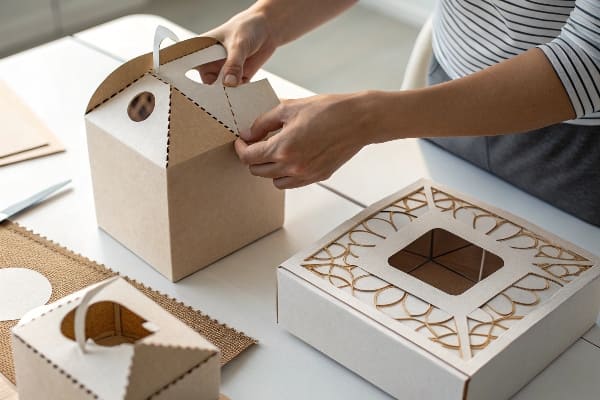
I will show core styles first. Then I will explain uses, counts, and structure. I will keep the terms plain. I will add a short story from my factory floor.
What are the different types of carton packages?
Many buyers face choice overload. They fear stockouts and damage. They also fear dull graphics. I break the options into simple families.
Carton packages include tuck-end, crash-lock bottom, seal-end, sleeve, gable-top, mailer, dispenser, windowed, and display-ready styles, plus corrugated shipper outers. Each type fits a weight range, filling method, and shelf plan.
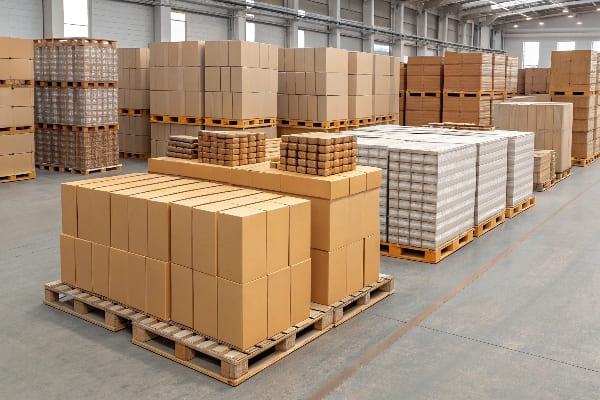
Major style families
I group types by how they open, load, and hold weight. A tuck-end uses flaps. A crash-lock snaps open fast. A seal-end runs on high-speed lines. A sleeve wraps a tray or inner. A gable-top pours. A mailer locks without tape. A dispenser tears to display. A windowed box shows the item. A display-ready carton ships and then becomes a shelf unit. I then pick paperboard grade and caliper. I set print to CMYK or spot. I add coatings like AQ or UV. I confirm with dielines and prototypes.
Quick selection table
| Type | Best Use | Load Method | Strength | Speed | Notes |
|---|---|---|---|---|---|
| Straight/Reverse Tuck-End | Light FMCG | Manual/Semi | Low–Medium | Fast | Clean edges, easy open |
| Crash-Lock Bottom (Auto-bottom)1 | Medium weight | Manual | Medium–High | Very fast | Pops open, saves time |
| Seal-End2 | High volume CPG | Automatic | High | Very fast | Glued ends, strong |
| Sleeve + Tray | Premium sets | Manual/Auto | Medium | Fast | Great for branding |
| Gable-Top | Liquid/dairy-style | Automatic | Medium | Fast | Pour spout option |
| Mailer (Roll End Tuck Top)3 | E-com kits | Manual | Medium–High | Medium | No tape, good unboxing |
| Dispenser | Impulse items | Manual | Medium | Fast | Perforated tear panel |
| Windowed | Beauty/food | Manual/Auto | Medium | Medium | PET/PLA film or film-free |
| Display-Ready4 | Club/retail | Auto + Manual | High | Fast | Ships and sells in one |
My note from the floor
Last fall, a hunting brand rushed a launch. We moved them from two-piece trays to crash-lock display cartons. Pack time dropped by 22%. Sell-through rose because the face panel held a stronger photo. We hit the date, and the line did not stop.
What are folding cartons?
Many teams mix this term with corrugated boxes. That causes wrong specs. I define it first.
Folding cartons are paperboard boxes that ship flat and fold into shape for packing. They use grades like SBS, CUK, or FBB, print well, glue fast, and suit retail shelves, PDQ trays, and club packs.
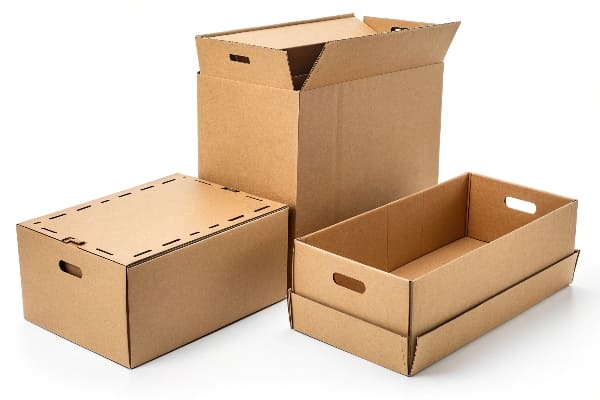
Core definition
A folding carton starts as a die-cut paperboard sheet. It has scores and tabs. It folds and glues into a tube. It ships flat. It saves space. Staff or machines pop it open, load the product, then close the ends. It carries brand art with offset or digital print. Coatings add rub resistance and gloss. Windows add visibility. Inserts add hold. This format fits beauty, food, toys, and tools. It also pairs with PDQ display trays for big stores.
Materials and fit
| Material | Typical Caliper | Use Case | Recycle | |
|---|---|---|---|---|
| SBS (Solid Bleached Sulfate)5 | 14–24 pt | Beauty, pharma | Excellent | Widely |
| CUK (Coated Unbleached Kraft) | 16–28 pt | Beverage, heavy | Very good | Widely |
| FBB (Folding Box Board) | 14–24 pt | Food, general | Very good | Widely |
| CCNB (Clay-Coated News Back) | 16–24 pt | Value packs | Good | Widely |
| Micro-flute (E/F) | 1.5–3 mm | Extra strength | Good | Widely |
Why I like them for displays
Folding cartons give me tight tolerances. I build shelf-ready faces with precise cutouts. I add QR codes for product demos. I also keep cost lean because we print many on one sheet. When I make club PDQ units, I use a carton as inner and a corrugated outer as shipper. The retail team opens, folds a header, and stocks fast.
How many types of carton boxes are there?
People often want a number. The truth depends on how you group features. I give a practical count.
In day-to-day projects, I use nine core types: straight tuck, reverse tuck, crash-lock, seal-end, sleeve, mailer, gable-top, dispenser, and display-ready. Variants like windows, handles, or inserts extend these cores.
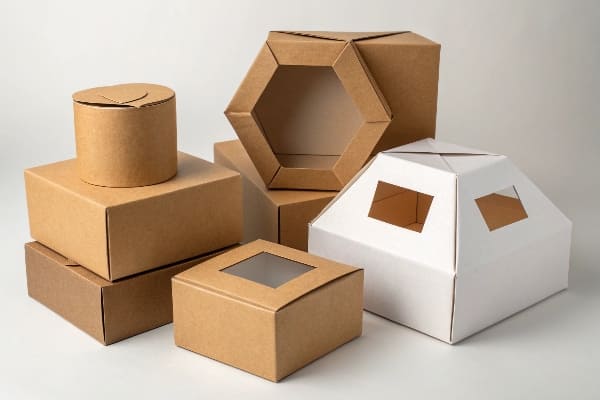
Practical taxonomy I use on quotes
I keep the set small to speed choices. I map each SKU to one core style6. Then I layer options. Windows, hang tabs, or tear-strips do not create a new core. They just add function. This mindset saves time in design reviews and trials. It also reduces tooling costs. When a buyer asks “how many,” I share the nine. I then ask weight, filling method, shelf plan, and deadline. We converge in one call.
Options vs. cores
| Core Type | Common Options | Why It Matters |
|---|---|---|
| Tuck-End | Window, hang tab | Fast manual pack |
| Crash-Lock | Reinforced bottom | Speed + strength |
| Seal-End | Z-fold, tape-strip | High-speed, tight seals |
| Sleeve | Thumb-cut, foil | Premium look |
| Mailer | Dust flaps, insert | E-com unboxing |
| Gable-Top | Spout, tamper seal | Pour and protect |
| Dispenser | Perfs, header | PDQ impulse |
| Display-Ready | Lift-off lid, tray | Ship to shelf |
| Windowed | Film-free design | Recyclability |
A short story from a rush season
During peak season, a U.S. outdoor brand needed crossbow accessory displays. The deadline was tight. We kept the core as seal-end7 for linespeed. We added a film-free window and a tray for PDQ. The team hit the launch. Damage claims fell. The buyer ordered a repeat with only art changes.
What is the structure of a folding carton?
Teams struggle with dielines and glue talk. I explain the map in plain words.
A folding carton has panels, scores, flaps, a glue flap, and closures. The flat dieline includes front, back, sides, top and bottom flaps, dust flaps, and locking tabs. Glue creates a collapsed tube that opens, loads, and closes.
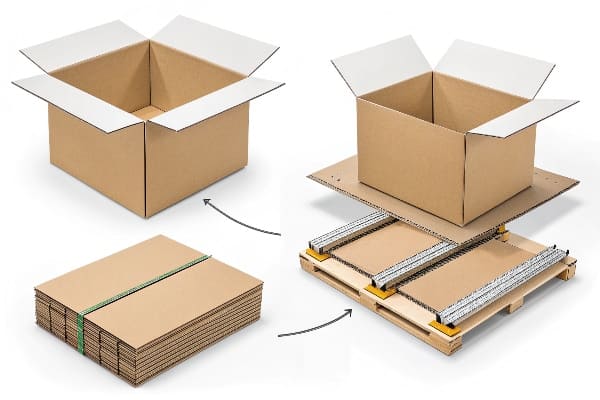
Panels and closures
The front panel faces the shopper. The back holds the seam. The side panels give depth. The top and bottom use tuck, crash-lock, or seal closures. Dust flaps block gaps. A glue flap forms the tube. Scores fold. Perfs tear. Windows slot in. Inserts hold items in place. I mark barcodes on a flat surface to avoid warp. I keep critical text 3 mm from creases. I add lead-ins on tuck tabs for smooth close. I adjust caliper based on weight and drop tests.
Structure checklist and table
| Element | Function | Design Note |
|---|---|---|
| Glue Flap8 | Joins tube | 6–12 mm width typical |
| Scores | Controlled folds | Align with grain |
| Dust Flaps | Close gaps | Prevent sifting |
| Lock Tabs | Secure closure | Add chamfers |
| Crash-Lock Panels9 | Fast open base | Use for heavier items |
| Seal Flaps | High integrity | Match to sealer spec |
| Window Patch | Visibility | Choose PET/PLA or film-free |
| Hanger Tab | Peg display | Reinforce with film or card |
| Perforations | Easy open | Balance strength vs tear |
Why structure drives speed and cost
Good structure reduces line jams. It improves shelf facing. It uses less board. It protects finish during transit. I run strength tests with ECT-matched outers and ISTA-style drops. I use digital print for pilots. I lock art before offset. I run a transit packout trial. When I do this, returns drop. On one pharmacy rollout, color stays consistent because we set G7 targets and protect folds with AQ.
Conclusion
Folding cartons give clear choices, fast lines, strong branding, and simple recycling. I use nine core styles, tuned structures, and strict tests to hit launches on time.
Explore the advantages of Crash-Lock Bottom packaging for efficient and quick assembly, perfect for medium-weight products. ↩
Discover the strength and efficiency of Seal-End packaging, ideal for high-volume consumer packaged goods. ↩
Find out how Mailer packaging enhances the unboxing experience and reduces the need for tape in e-commerce. ↩
Learn how Display-Ready packaging can enhance product visibility and streamline the selling process in retail environments. ↩
Learn about SBS’s applications in packaging, especially in beauty and pharma, to understand its benefits for your products. ↩
Understanding core style can streamline your packaging process and enhance efficiency in design and production. ↩
Exploring seal-end packaging can reveal its advantages in speed and strength, crucial for high-demand products. ↩
Understanding the role of Glue Flaps can enhance your packaging design, ensuring better structural integrity and functionality. ↩
Exploring Crash-Lock Panels can reveal innovative solutions for faster packaging processes and improved product protection. ↩
